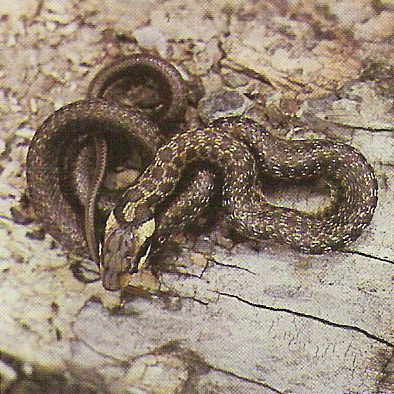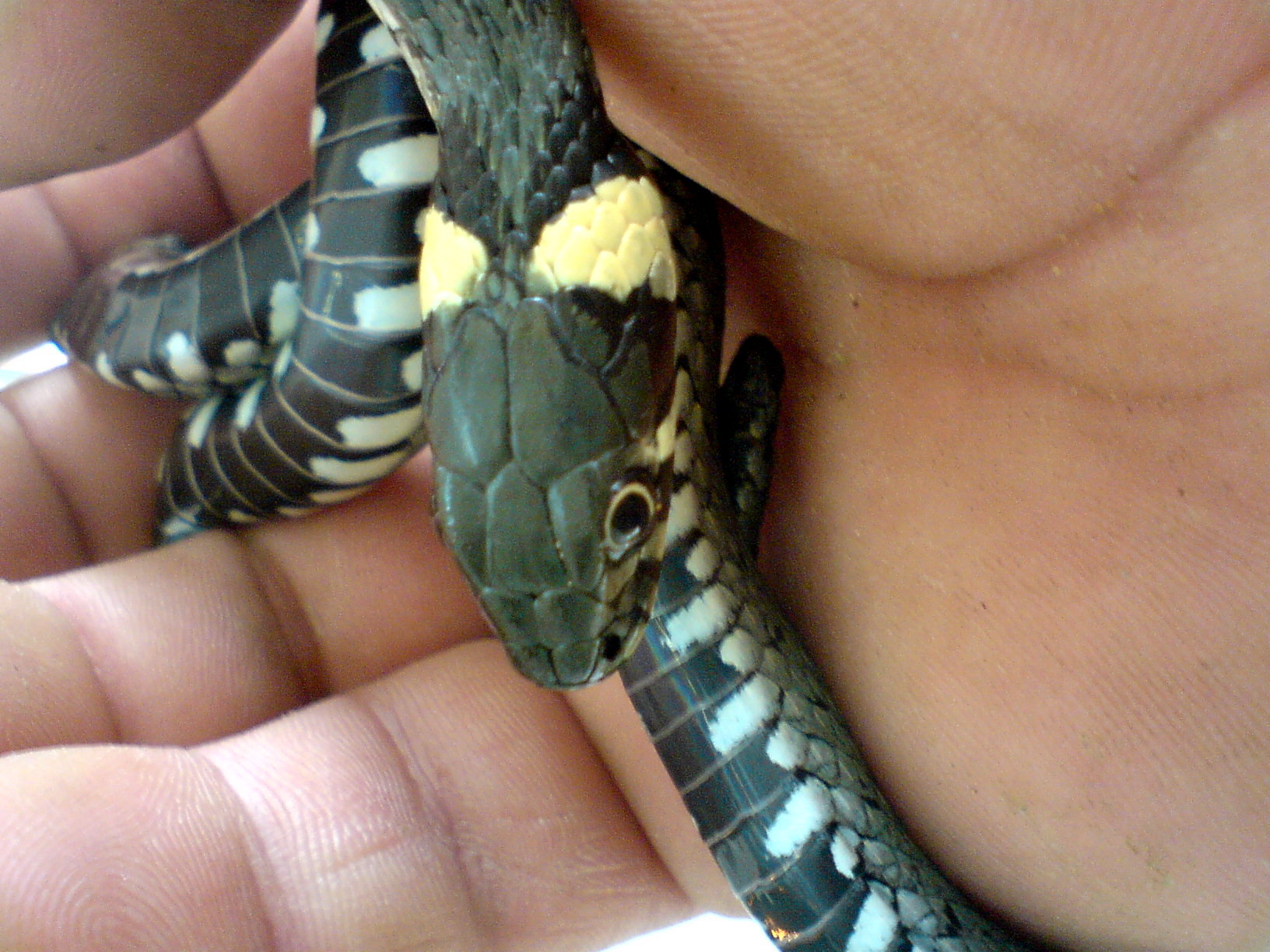|
Osmets
Osmets is a commune in the Hautes-Pyrénées department in south-west France. Geography Osmets is a small hamlet, located between the large towns of Tarbes (west 20 km) and Trie-sur-Baïse (east 10 km) on the D632. Chelle-Debat is to the immediate west and Luby-Betmont to the east on the D632, with Trouley-Labarthe to the northwest on the D44 and Mun to the south. Hydrography The Achella encircles Osmets starting in the south east of the commune, before crossing the D632 at the east end of the village, looping north then swinging south again and crossing the D632 again just to the west of the church. The stream continues westward to join the Arros at Chelle-Debat, ultimately joining the Adour and the sea at Bayonne. Climate and soil Protected by wooded hills to the east, north and south Osmets has a milder micro climate than adjoining more exposed sites, the soil is a fertile heavy clay, inter dispersed with small outcrops of coarse gravel and large smoot ... [...More Info...] [...Related Items...] OR: [Wikipedia] [Google] [Baidu] |
Luby-Betmont
Luby-Betmont is a commune in the Hautes-Pyrénées department in south-western France. The village church has the curious feature of chiming the hours twice. The reason for this is uncertain, although it may have been to allow workers in the fields a second chance to confirm the hour in order to be sure when to return to the farms for meals. The exceptions to the double chiming are at 7am and noon, when a more complex bell ringing takes place prior to the masses. The village sits on the D11, just south of the junction with the D632 and forms the head of the annual Course de Cote ( hill climb) which starts at the neighbouring village of Osmets. The village church has the common French rural feature of chiming the hours twice. The reason for this is unclear, but generally accepted as being a means for agricultural workers to check the time accurately in order to be sure when to return to the village or home for meals. The exception to the double chiming are at 7am and noon, when ... [...More Info...] [...Related Items...] OR: [Wikipedia] [Google] [Baidu] |
Communes Of France
The () is a level of administrative division in the French Republic. French are analogous to civil townships and incorporated municipalities in the United States and Canada, ' in Germany, ' in Italy, or ' in Spain. The United Kingdom's equivalent are civil parishes, although some areas, particularly urban areas, are unparished. are based on historical geographic communities or villages and are vested with significant powers to manage the populations and land of the geographic area covered. The are the fourth-level administrative divisions of France. vary widely in size and area, from large sprawling cities with millions of inhabitants like Paris, to small hamlets with only a handful of inhabitants. typically are based on pre-existing villages and facilitate local governance. All have names, but not all named geographic areas or groups of people residing together are ( or ), the difference residing in the lack of administrative powers. Except for the municipal arrondi ... [...More Info...] [...Related Items...] OR: [Wikipedia] [Google] [Baidu] |
Adour
The Adour (; eu, Aturri; oc, Ador) is a river in southwestern France. It rises in High-Bigorre (Pyrenees), in the commune of Aspin-Aure, and flows into the Atlantic Ocean (Bay of Biscay) near Bayonne. It is long, of which the uppermost ca. is known as the ''Adour de Payolle''. At its final stretch, i.e. on its way through Bayonne and a short extent upstream, the river draws the border between the Northern Basque Country and Landes regions. Places along the river ''Départements'' and towns along the river include: * Hautes-Pyrénées: Bagnères-de-Bigorre, Tarbes, Maubourguet * Gers: Riscle * Landes: Aire-sur-l'Adour, Dax, Tarnos * Pyrénées-Atlantiques: Bayonne Tributaries The main tributaries of the Adour are, from source to mouth: * Adour de Gripp (also ''Adour du Tourmalet'', 15 km) * Adour de Lesponne (19 km) * Échez (64 km) * Arros (130 km) * Léez (56 km) * Gabas (117 km) * Midouze (151 km) * Louts (86 km) * L ... [...More Info...] [...Related Items...] OR: [Wikipedia] [Google] [Baidu] |
Aesculapian Snake
The Aesculapian snake (now ''Zamenis longissimus'', previously ''Elaphe longissima''), is a species of nonvenomous snake native to Europe, a member of the Colubrinae subfamily of the family Colubridae. Growing up to in length, it is among the largest European snakes, similar in size to the four-lined snake ('' Elaphe quatuorlineata'') and the Montpellier snake (''Malpolon monspessulanus''). The Aesculapian snake has been of cultural and historical significance for its role in ancient Greek, Roman and Illyrian mythology and derived symbolism. Description ''Z. longissimus'' hatches at around 30 cm (11.8 in). Adults are usually from 110 cm (43.3 in) to in total length (including tail), but can grow to , with the record size being . Expected body mass in adult Aesculapian snakes is from . It is dark, long, slender, and typically bronzy in colour, with smooth scales that give it a metallic sheen. Juveniles can easily be confused with juvenile grass snakes ('' ... [...More Info...] [...Related Items...] OR: [Wikipedia] [Google] [Baidu] |
Grass Snake
The grass snake (''Natrix natrix''), sometimes called the ringed snake or water snake, is a Eurasian non-venomous colubrid snake. It is often found near water and feeds almost exclusively on amphibians. Subspecies Many subspecies are recognized, including: ''Natrix natrix helvetica'' ( Lacépède, 1789) was formerly treated as a subspecies, but following genetic analysis it was recognised in August 2017 as a separate species, ''Natrix helvetica'', the barred grass snake. Four other subspecies were transferred from ''N. natrix'' to ''N. helvetica'', becoming ''N. helvetica cettii'', ''N. helvetica corsa'', ''N. helvetica lanzai'' and ''N. helvetica sicula''. Description The grass snake is typically dark green or brown in colour with a characteristic yellow or whitish collar behind the head, which explains the alternative name ringed snake. The colour may also range from grey to black, with darker colours being more prevalent in colder regions, ... [...More Info...] [...Related Items...] OR: [Wikipedia] [Google] [Baidu] |
Wild Boar
The wild boar (''Sus scrofa''), also known as the wild swine, common wild pig, Eurasian wild pig, or simply wild pig, is a suid native to much of Eurasia and North Africa, and has been introduced to the Americas and Oceania. The species is now one of the widest-ranging mammals in the world, as well as the most widespread suiform. It has been assessed as least concern on the IUCN Red List due to its wide range, high numbers, and adaptability to a diversity of habitats. It has become an invasive species in part of its introduced range. Wild boars probably originated in Southeast Asia during the Early Pleistocene and outcompeted other suid species as they spread throughout the Old World. , up to 16 subspecies are recognized, which are divided into four regional groupings based on skull height and lacrimal bone length. The species lives in matriarchal societies consisting of interrelated females and their young (both male and female). Fully grown males are usually solitary ... [...More Info...] [...Related Items...] OR: [Wikipedia] [Google] [Baidu] |
Our Lady Of The Assumption
The Assumption of Mary is one of the four Marian dogmas of the Catholic Church. Pope Pius XII defined it in 1950 in his apostolic constitution ''Munificentissimus Deus'' as follows: We proclaim and define it to be a dogma revealed by God that the immaculate Mother of God, Mary ever virgin, when the course of her earthly life was finished, was taken up body and soul into the glory of heaven. The declaration was built upon the 1854 dogma of the Immaculate Conception of Mary, which declared that Mary was conceived free from original sin, and both have their foundation in the concept of Mary as the Mother of God. It leaves open the question of whether Mary died or whether she was raised to eternal life without bodily death. The equivalent belief (but not held as dogma) in the Eastern Orthodox Church is the Dormition of the Mother of God or the "Falling Asleep of the Mother of God". The word 'assumption' derives from the Latin word ''assūmptiō'' meaning "taking up". Tr ... [...More Info...] [...Related Items...] OR: [Wikipedia] [Google] [Baidu] |
Bayonne
Bayonne (; eu, Baiona ; oc, label= Gascon, Baiona ; es, Bayona) is a city in Southwestern France near the Spanish border. It is a commune and one of two subprefectures in the Pyrénées-Atlantiques department, in the Nouvelle-Aquitaine region. Bayonne is located at the confluence of the Nive and Adour rivers in the northern part of the cultural region of the Basque Country. It is the seat of the Communauté d'agglomération du Pays Basque which roughly encompasses the western half of Pyrénées-Atlantiques, including the coastal city of Biarritz. This area also constitutes the southern part of Gascony, where the Aquitaine Basin joins the beginning of the Pre-Pyrenees. Together with nearby Anglet, Biarritz, Saint-Jean-de-Luz, as well as several smaller communes, Bayonne forms an urban area with 273,137 inhabitants at the 2018 census; 51,411 residents lived in the commune of Bayonne proper. [...More Info...] [...Related Items...] OR: [Wikipedia] [Google] [Baidu] |
Arros (river)
The Arros (; oc, Arròs) is a right tributary of the Adour, in the Southwest of France. It is long. Name The name ''Arros'' is based on the root ''Arr-'' 'stone' and the suffix ''-os''. Geography The Arros rises in the Baronnies of Pyrenees, southeast of Bagnères-de-Bigorre, below the Signal de Bassia (1 921 m). It flows north through a narrow valley defended by the castle of Mauvezin and the bastide of Tournay. It joins the Adour before it turn west, upstream from Riscle. Départements and towns *Hautes-Pyrénées: Bourg-de-Bigorre, Tournay, Chelle-Debat *Gers: Montégut-Arros, Villecomtal-sur-Arros, Plaisance. Main tributaries *(L) Esqueda, from Banios *(L) Luz, from Lies *(L) Arredou, in Tournay *(L) Arret Daban or Arret Devant, *(L) Arret Darré, in Gonez *(R) Bouès, from Capvern Capvern (; Gascon: ''Capvèrn'') is a commune in the Hautes-Pyrénées department in south-western France. Capvern station has rail connections to Toulouse, ... [...More Info...] [...Related Items...] OR: [Wikipedia] [Google] [Baidu] |
Hautes-Pyrénées
Hautes-Pyrénées (; Gascon/Occitan: ''Nauts Pirenèus / Hauts Pirenèus'' awts piɾeˈnɛʊs es, Altos Pirineos; ca, Alts Pirineus alts piɾiˈneʊs English: Upper Pyrenees) is a department in the region of Occitania, southwestern France. In 2019, its population was 229,567;Populations légales 2019: 65 Hautes-Pyrénées INSEE its is . It is named after the mountain range. History [...More Info...] [...Related Items...] OR: [Wikipedia] [Google] [Baidu] |
Mun, Hautes-Pyrénées
Mun () is a commune in the Hautes-Pyrénées department in south-western France. See also *Communes of the Hautes-Pyrénées department An intentional community is a voluntary residential community which is designed to have a high degree of social cohesion and teamwork from the start. The members of an intentional community typically hold a common social, political, religious ... References Communes of Hautes-Pyrénées {{HautesPyrénées-geo-stub ... [...More Info...] [...Related Items...] OR: [Wikipedia] [Google] [Baidu] |



